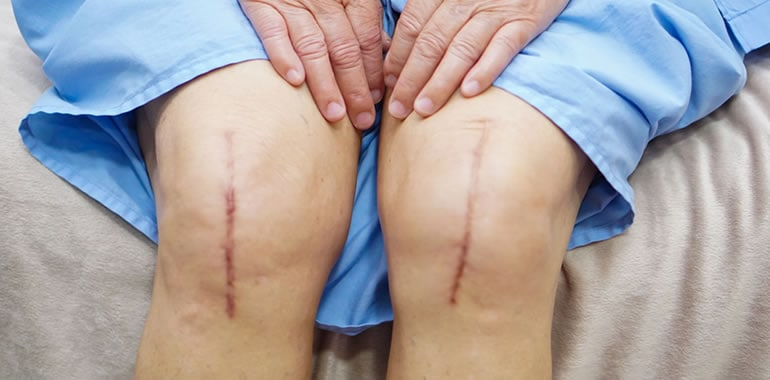
Microneedling for Post-Acne Scars: A Guide
September 30, 2025
The Role of Acupuncture in Sports Injuries
September 30, 2025Joint replacement is a surgical procedure in which parts of a damaged joint are removed and replaced with a prosthetic device. People explore this option when they experience persistent joint pain and mobility issues that interfere with their daily activities. The procedure may be performed on hips and knees, although other joints, like ankles, shoulders, and elbows, may also be replaced. Here is more information about when surgery is the right option:
When Medications Are Insufficient
For many individuals, managing joint pain begins with non-surgical treatments. These approaches might include over-the-counter pain relievers, anti-inflammatory medications, or physical therapy. While these treatments may be effective for a time, they may eventually cease to provide the relief you need to function comfortably.
Your doctor may then prescribe stronger medications. These can offer temporary relief but may come with their own set of side effects and limitations. When you find that medications no longer manage your pain adequately, and simple activities like walking or climbing stairs remain difficult, it might be an indication to explore other options.
When Bones Are Damaged
Sometimes, the bones themselves are the source of the problem. A severe fracture that does not heal correctly could lead to long-term pain and dysfunction in a joint. Another condition is when a lack of blood supply causes the bone tissue to die, leading to the collapse of the bone and damage to the joint surface.
If Cartilage Wears Down
Cartilage is the smooth, flexible tissue that covers the ends of your bones within a joint, allowing them to glide over each other with little friction. Conditions like osteoarthritis cause this protective cartilage to wear down over time. As the cartilage deteriorates, the cushioning it provides diminishes, and the space between the bones narrows.
This wear and tear can lead to bone-on-bone arthritis. When this happens, movement becomes painful and stiff because the bones grind directly against each other. You may experience a grating sensation when moving the joint. Since cartilage does not regenerate on its own, the damage is permanent. Joint replacement addresses this by replacing the worn-out surfaces with a new, artificial lining.
When a Surgeon Recommends It
The decision to proceed with joint replacement surgery is typically made after a thorough evaluation by an orthopedic surgeon. This assessment involves several steps to get a complete picture of your joint health. Your surgeon may:
- Review your medical history and symptoms.
- Perform a physical examination to assess your mobility, stability, and strength.
- Order imaging tests, such as X-rays or an MRI, to view the extent of the damage.
Based on these findings, the surgeon will discuss whether you are a suitable candidate for the procedure. They will explain the process, the prosthesis that would be used, and the recovery timeline. This recommendation is based on their professional assessment of your specific condition.
They may also address any questions or concerns you have about the surgery. The surgeon will review the potential risks and benefits of the procedure. This is designed to make sure you understand all aspects of the treatment plan. This thorough evaluation and discussion aim to provide you with the clarity needed to make an informed decision.
Schedule Joint Replacement Surgery
Deciding on joint replacement is a significant step, and it is a path many take when other treatments fail to provide relief from persistent pain. If you are struggling with joint pain and believe this surgery might be right for you, the next step is to speak with a professional. Contact a sports medicine clinic today to schedule a consultation.




